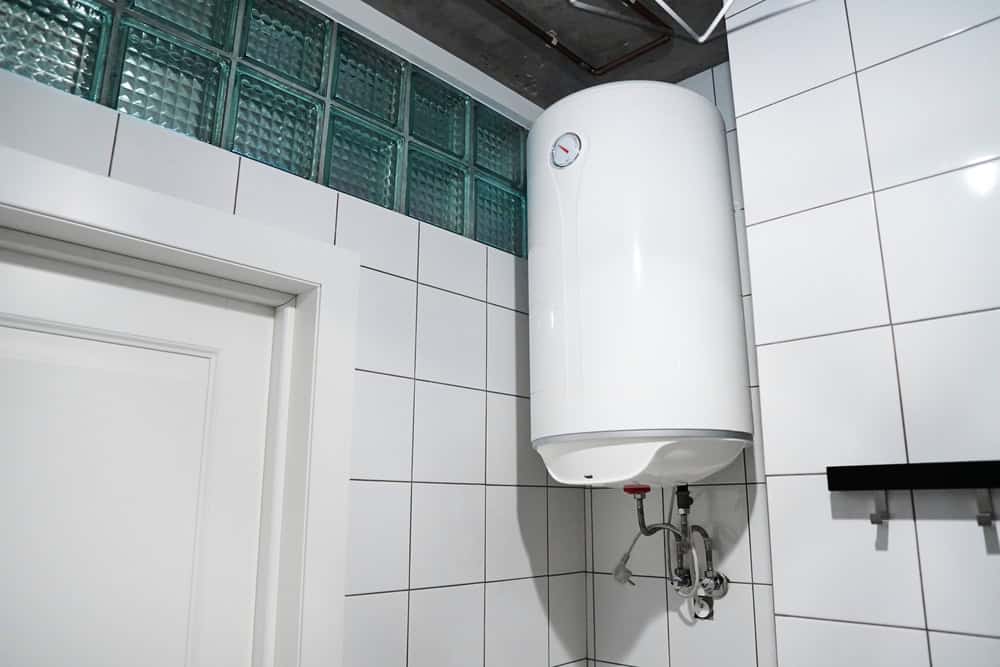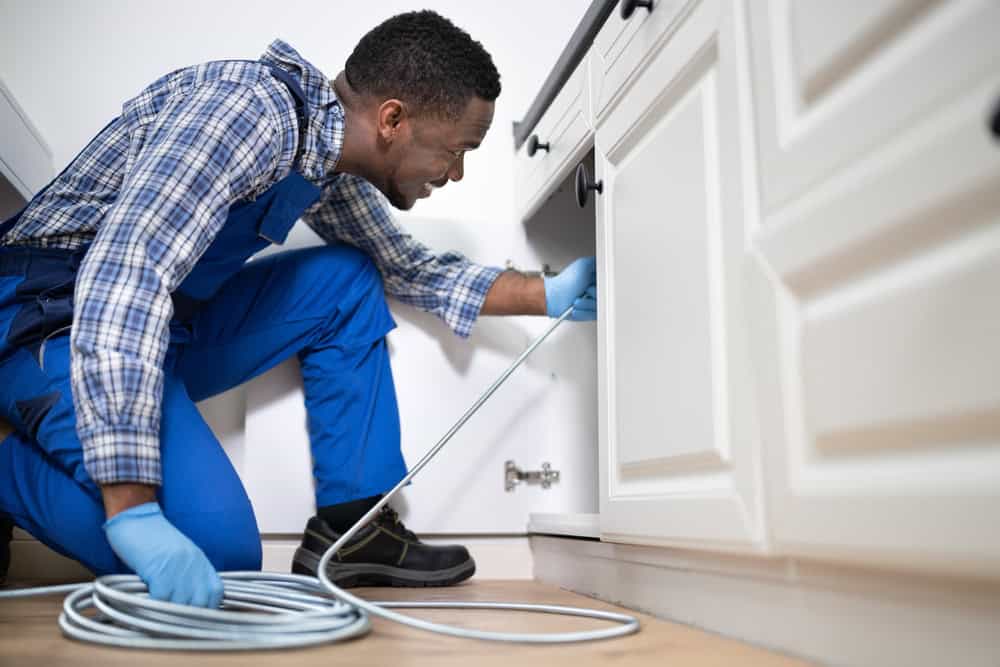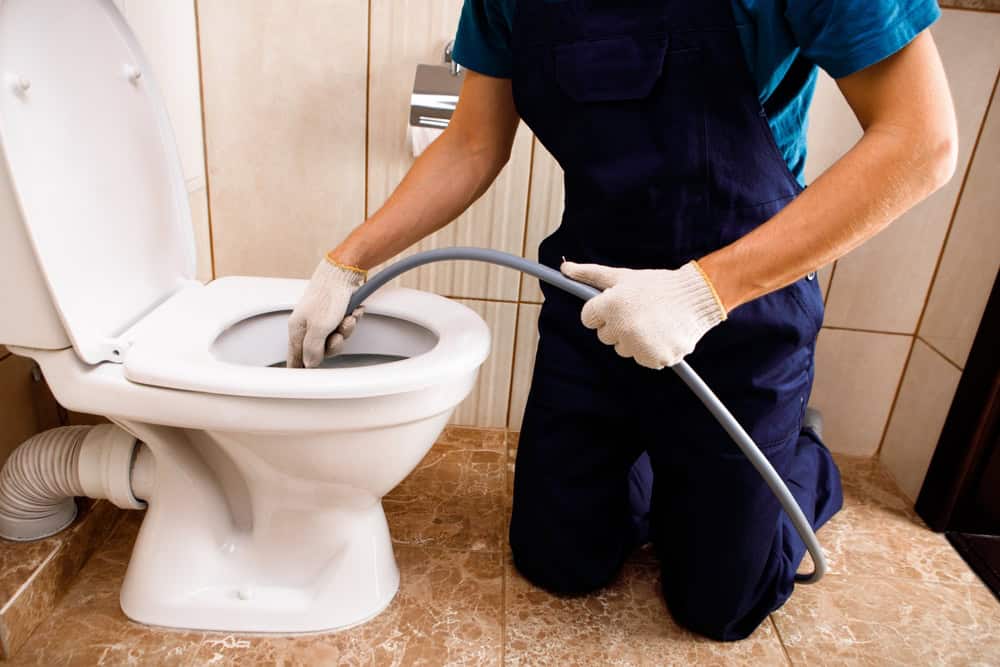Summary:
How Tankless And Conventional Water Heaters Work
The difference starts with how each system approaches the job of getting hot water to your faucets. Conventional water heaters store 30-80 gallons of heated water in an insulated tank. They keep that water hot 24/7, whether you’re using it or not. Turn on a faucet, and hot water flows from the top while cold water enters the bottom to be heated.
Tankless water heaters skip the storage entirely. They heat water instantly as it flows through the unit using powerful gas burners or electric elements. No storage tank, no standby heating, no waiting for refills. You get hot water on demand, but the flow rate depends on the unit’s capacity and how many faucets you’re running simultaneously.
Energy Efficiency: Real Savings For St. Charles, IL Homes
Here’s where tankless water heaters shine, and the numbers back it up. For homes using 41 gallons or less of hot water daily, tankless systems run 24-34% more efficiently than conventional units. Even high-usage households—around 86 gallons per day—still see 8-14% better efficiency.
What does that mean for your St. Charles, IL energy bills? The average household saves 27-50% on water heating costs with a tankless system. That’s potentially hundreds of dollars annually. The savings come from eliminating standby heat loss—the energy wasted keeping stored water hot when nobody’s home.
Gas conventional systems typically cost around $245 annually to operate, while electric models run about $580. Tankless systems drop those numbers to approximately $195 for gas and $535 for electric. The efficiency advantage becomes even more pronounced in larger homes where hot water travels longer distances through pipes.
Modern conventional water heaters have improved with better insulation and more efficient heating elements. But they still can’t match the on-demand efficiency of tankless systems. When you’re only heating water as you use it, there’s simply less waste.
Lifespan And Maintenance: What To Expect Long-Term
Tankless water heaters typically last 20+ years with proper maintenance—nearly double the 10-15 year lifespan of conventional tank systems. That longevity comes from simpler design. No large tank to corrode, no anode rods to replace, no sediment buildup causing problems.
Conventional water heaters need regular attention. Tank flushing to remove sediment, anode rod replacement every few years, and constant monitoring for leaks or rust. Skip this maintenance, and you’re looking at early failure and potential water damage.
Tankless maintenance is less frequent but more specialized. Annual descaling in hard water areas, periodic filter cleaning, and occasional sensor calibration. The upside? No risk of catastrophic tank failure flooding your basement.
For St. Charles, IL homeowners, our area’s water hardness makes maintenance even more critical. Mineral buildup affects both systems, but conventional tanks suffer more from sediment accumulation. Professional maintenance becomes essential to protect your investment.
The longer lifespan of tankless systems helps justify their higher upfront cost. When you factor in replacing a conventional system halfway through a tankless unit’s life, the total ownership cost starts favoring the on-demand option.
Want live answers?
Connect with a FloTek Plumbing expert for fast, friendly support.
Installation Costs And Requirements In St. Charles, IL
Installation costs reveal the biggest surprise for most homeowners considering the switch. Conventional water heater replacement typically runs $1,846 total—including the unit, installation, and old system removal. It’s straightforward when you’re replacing like with like.
Tankless installation averages $3,366 total, but that number climbs quickly depending on your home’s current setup. The unit itself costs $1,000-$3,000, but installation often exceeds equipment cost due to specialized requirements and modifications needed.
Why Tankless Water Heater Installation Costs More
Several factors drive up tankless installation costs in St. Charles, IL homes. Gas tankless units often require larger gas lines to supply high-BTU burners—sometimes meaning new pipe runs from your meter to the unit. Electric models draw 120-160 amps, potentially requiring electrical service upgrades to 200 amps or more.
Venting gets more complex too. Gas tankless units need specialized venting materials that handle higher exhaust temperatures. The compact size that makes tankless appealing also means different installation locations, requiring new water line runs.
Professional installation isn’t optional—manufacturers require it to maintain warranties. Gas connections, electrical work, and proper venting demand licensed expertise. In our area, this specialized work commands $800-$1,500 just for labor, depending on your specific situation.
Retrofitting from conventional to tankless often takes twice as long as simple tank replacement. Your plumber relocates piping, installs new venting, potentially upgrades electrical service, and ensures proper clearances. Each modification adds time and cost.
The investment in professional installation pays dividends in reliable operation and maintained warranty coverage. Proper installation also ensures optimal efficiency and safety—critical when dealing with high-capacity gas or electrical systems.
Available Rebates And Incentives For Illinois Homeowners
Federal and state programs can dramatically reduce your real cost of upgrading to efficient water heating. The federal Inflation Reduction Act offers tax credits up to 30% of equipment cost, with a maximum $2,000 for qualifying heat pump water heaters or high-efficiency units. These credits run through 2032 and can be claimed multiple times.
Illinois is implementing the Home Electrification and Appliance Rebate program, pending final federal approval. Once launched, it will provide rebates up to $1,750 for efficient heat pump water heaters. Initial funding targets households earning less than 80% of area median income.
Local utilities add their own incentives. Ameren Illinois offers $50 rebates for qualifying energy-efficient gas water heaters. ComEd provides various rebates for electric appliances meeting efficiency standards. These utility rebates often combine with federal tax credits for maximum savings.
Timing matters with these programs. Some have limited funding distributed first-come, first-served. Others require specific efficiency ratings your chosen unit must meet. Working with knowledgeable contractors ensures you maximize available programs.
For St. Charles, IL residents, these incentives significantly reduce the cost difference between conventional and tankless systems. A $2,000 federal tax credit on a $4,000 tankless installation brings the real cost much closer to conventional replacement, making long-term benefits more financially attractive.
Choosing The Right Water Heater For Your St. Charles, IL Home
Your decision comes down to matching the right technology to your specific needs, budget, and home setup. Tankless systems excel in energy efficiency, space savings, and longevity—ideal for households focused on long-term operating costs and environmental impact. Conventional systems offer lower upfront costs and simpler installation, especially when replacing existing tank systems.
Consider your hot water usage patterns, available space, and budget for both purchase and installation. Factor in available rebates and tax credits that can significantly reduce efficient systems’ real cost. Most importantly, work with experienced professionals who understand local codes and proper installation practices.
When you’re ready to explore your water heater options or need emergency service in St. Charles, IL, we at FloTek Plumbing bring the local expertise to guide you through this important decision and ensure professional installation that maximizes your investment.



